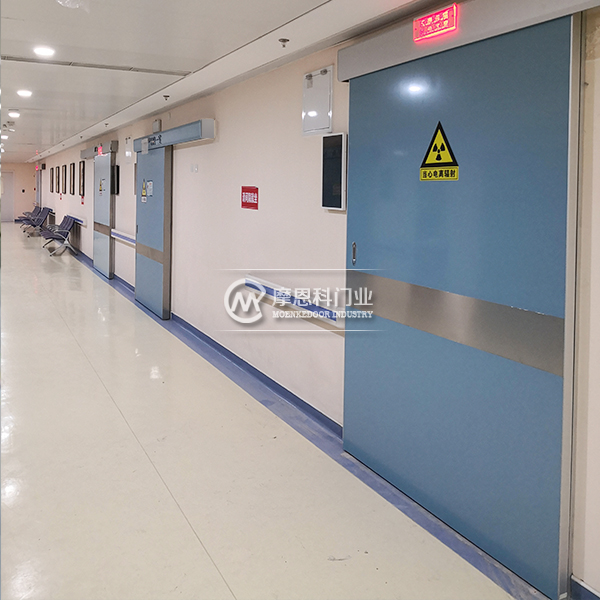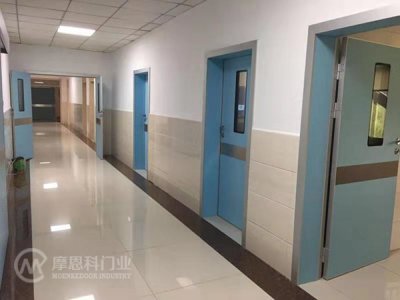As one of the important facilities in hospitals, medical doors play a crucial role in preventing the spread of infections and maintaining hospital environmental hygiene. The following is a detailed analysis of the relevant technologies and measures on how medical doors can reduce hospital infections, hoping to provide you with a deeper understanding:

1、 Material and Design
Antibacterial materials: Medical doors are usually made of antibacterial materials such as stainless steel, polypropylene, etc. These materials have antibacterial and easy to clean properties, reducing the growth and spread of bacteria.
Seamless design: The surface of medical doors is generally designed seamlessly to reduce the space for bacteria to hide, facilitate cleaning and disinfection, and help maintain the hygiene of the storefront.
2、 Automatic sensing and disinfection
Automatic opening and closing: Some medical doors adopt automatic induction opening and closing technology, which does not require manual pushing and pulling, reducing the risk of cross infection, especially suitable for environments such as operating rooms and intensive care units.
Disinfection function: Some medical doors also have disinfection function, which uses technologies such as ultraviolet and ozone to disinfect the storefront, keep it clean, and reduce bacterial growth.
3、 Air isolation and pressure differential control
Negative pressure isolation: In special areas such as infectious disease isolation wards, medical doors are usually designed with negative pressure isolation to avoid air cross contamination and reduce the spread of pathogens.
Differential pressure control: The design of medical doors takes into account the airflow control inside the hospital, ensuring the pressure difference between different areas, effectively isolating air pollution, and reducing the risk of infection.
4、 Personnel flow management
One way passage: Medical doors often have one-way passage rules to avoid cross flow of personnel and reduce the possibility of infection transmission, especially widely used in operating rooms, clean areas, and other places.
Partition setting: The hospital is divided into areas through medical doors, such as clean areas, contaminated areas, etc. The flow of personnel is controlled by the opening and closing of the doors to reduce cross transmission of infections.
5、 Regular maintenance and monitoring
Regular cleaning: Medical doors need to be cleaned and disinfected regularly to ensure that the storefront is clean and hygienic, avoid bacterial growth, and reduce the risk of transmission.
Equipment monitoring: Regularly monitor and maintain the automatic sensing, disinfection, and other functions of medical doors to ensure their normal operation, reduce malfunctions, and ensure the hygiene of the hospital environment.
Through the above measures, medical doors play an important role in hospitals, effectively reducing the spread of infections and ensuring a clean and safe internal environment. I hope the above content can help you gain a deeper understanding of the importance and role of medical doors in reducing hospital infections.













